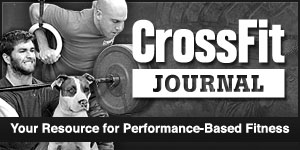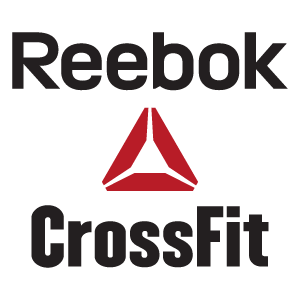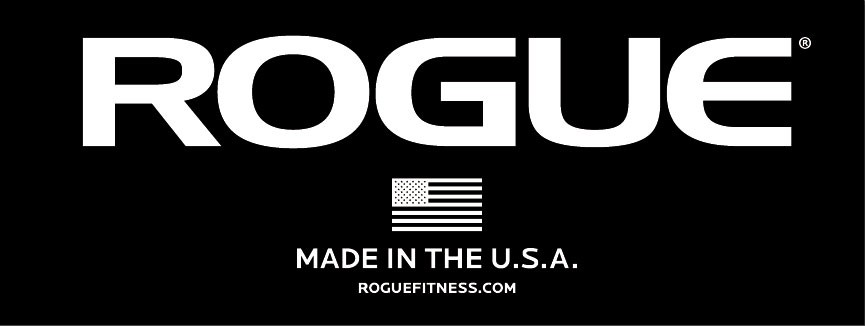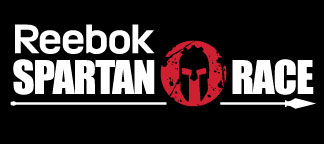It is undoubtedly obvious why proper breathing is important, but one good thing to remember is that the longer your body is deprived of oxygen, the more acidic your blood becomes, and thus performance will suffer.
Proper prepping of the body with breathing exercises can improve blood flow and also create a kind of “euphoria” allowing your body to perform to a higher level than if you weren’t focusing on your oxygen intake, both physiologically and mentally.
Listen to Jason Khalipa’s advice on how to breathe during WODs
Performance is one reason, but focus is also important. Being focused on the task at hand is just as important as performing the said task. In order to do that, the brain needs to have as much O2 as possible. Focusing on breathing correctly (rather than just a lot – think quality vs quantity here) will create better work output, more precise responses from our central nervous system and even quicker reflexes.
Lifting Big using The Valsalva Maneuver
The Valsalva maneuver is basically the process of taking a big breath and holding it throughout the full range of motion for a heavy lift. During the eccentric phase (or slightly before depending on the movement being performed) is when inhalation should take place as this provides the most capacity for oxygen to enter the lungs.
This phase is the part of the movement that requires less effort to perform, such as the lowering movement of the squat or pull-up. During the concentric phase, (the “working” part of the movement) exhalation should be performed (such as at the top when you are standing up from a squat for example).
Taking a deep breath before performing a big, heavy lift can also help the athlete with bracing, as it is a reminder to keep the midline tight. Whilst the Valsalva maneuver is very important to lifting heavy weights, it is counter-productive to performance in most Crossfit workouts.
Medical Definition of Valsalva maneuver
-
: a forceful attempt at expiration when the airway is closed at some point; especially: a conscious effort made while holding the nostrils closed and keeping the mouth shut especially for the purpose of testing the patency of the eustachian tubes, adjusting middle ear pressure, or aborting supraventricular tachycardia—called also Valsalva
Only use the Valsalva Maneuver when you are lifting heavy weight (80 to 100%) for low reps (1-5x). Basically, the strength portion of the performance, fitness, or competition workouts. Remember this technique should be used for moving heavy loads relatively quickly. For example, squats, snatches, deadlifts, cleans, jerks, presses, pulls… NOT wall balls, double-unders, pull-ups, burpees, ring dips, etc….
The Systema Technique
The Systema technique focuses on adapting your breathing style to the work, so you do not use more or less energy from breathing than necessary.
The main breathing principles are:
- Inhale through the nose, exhale through the mouth.
- Breathing leads physical movement.
- Breathe with the frequency demanded by the given activity in the given moment, not more and no less.
- Do not hold your breath, no matter what you are doing, with the exception of special breath holding practice.
- Every breath starts and ends following the pendulum principle.
- Develop the ability to perform an action on an inhalation and on an exhalation, regardless of the intensity of the effort and the position of the body.
- The skill to remain relaxed while breathing.
If you use these principles you will be able to reach great results in physical exercises, increase your endurance, speed up the processes of restoration and become healthier. I will give you an example of an exercise for quick recovery after intense physical activity or a stressful situation. This method does not require much time or special equipment and can be practiced in a group setting.
Lie on your back, close your eyes, and inhale to ¾ of your lung capacity. Tense all your muscles, make fists and pull your toes towards you, hold your breath, and then exhale with complete relaxation. Repeat the drill 10 times. Then do the same exercise, but this time tense only separate body parts: the left arm, the right arm, the left leg, the right leg, back, chest and stomach. Totally relax on every exhalation. Repeat for 10 reps for each body part.
Next do the breath holding exercise. Inhale to ¾ of your lung capacity and hold your breath. Listen to your cells. Once they start demanding oxygen, resume calm breathing until complete restoration. Repeat the sequence 3-4 times. Then slowly open your eyes, sit up and stay seated for 1-2min, then slowly stand up. You should feel total relaxation and restoration of your energy.
The ability to breath properly is a critical component to achieving higher levels of performance
Holding your breath during a Crossfit event causes blood pressure to rise, increases the heart-rate and reduces venous return (how quickly blood is pumped back to the heart). All of which are things you should be trying to avoid when seeking to maximize your power output and have the best performance possible.
Box Breathing
Box breathing is a technique used to calm yourself down with a simple 4 second rotation of breathing in, holding your breath, breathing out, holding your breath, and repeating.
Also know as Navy SEAL breathing technique or tactical breathing, it’s a surprisingly simple and effective way to help regain calm and control of your thoughts when under stress.
A perfect visual meditation for when you can’t listen to audio, or just need a quick second to refocus.
Here are the directions:
- Inhale for 4 seconds
- Hold your lungs full for 4 seconds
- Exhale for 4 seconds
- Hold your lungs empty for 4 seconds

Repeat for as many times as you need to calm down.
Sounds good enough so far but if you are not really convinced, or still not sure exactly why this is relevant for your Crossfit WODs, then check out this analysis of the techniques that Rich Froning uses when he trains and competes.
These guys did an awesome Job on analyzing what can be done wrong as well in their article on Strength Soup.
10 Crossfit AMRAP Workouts for Athletes of All Levels
The post Simple Breathing Techniques to Improve your Crossfit Performances appeared first on BOXROX.










